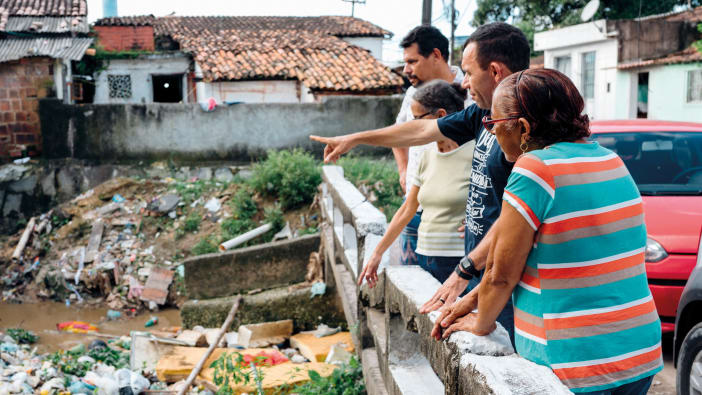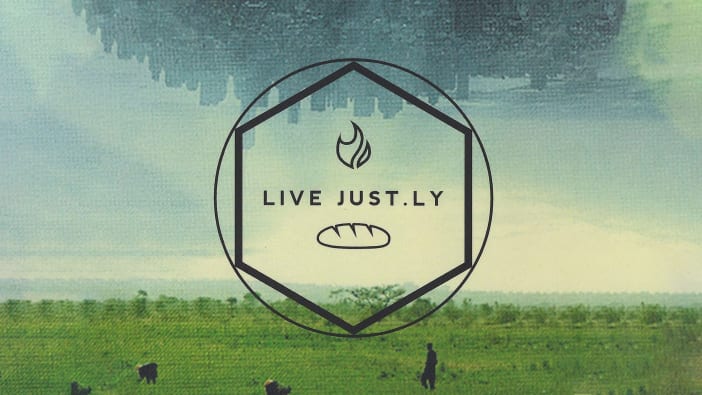A movement is a group of people with a common purpose who are campaigning for social, political or cultural change. Movements are often large, and they can be made up of individuals, or a mix of individuals and organisations.
Movements are different to organisations:
- An organisation has a person in charge who is responsible for its work. Rules and procedures are centralised and often formal.
- A movement is facilitated, rather than coordinated or controlled. There is a unifying, shared vision, shared leadership and an emphasis on collaboration. Movements focus on equipping and inspiring people, and connecting participants to each other.
Key factors for success
There are many ways to build and grow a movement, depending on the goal and the context. Here are a few important principles to help you get started.
-
Values
Develop a set of core values (eg non-violence, mutual respect, integrity) and put them in writing. You can then regularly check that the movement is sticking to these values over time.
-
Vision
A clear vision of what could be achieved will help people to feel inspired, motivated and ready to help build a better future.
-
Skills
Different members of a movement will bring different skills, eg the ability to organise events, conduct research into an issue, plan, communicate well or understand the law. Mutual sharing of knowledge, experience and skills will increase confidence and provide everyone with the opportunity to learn and contribute.
-
Relationships
Relationship building helps members to feel part of something bigger than themselves. A lack of hierarchy, and the feeling that all members of the movement are leaders, are key to sustaining motivation and action.
-
Advocacy demands
The advocacy demands of a movement need to be clear, specific and communicated well if they are to get the attention of decision-makers.
-
Plans
Small actions can help create momentum, and small, early successes provide motivation.
-
Patience
Bringing about the social, political or cultural changes you want to see may take a long time.










